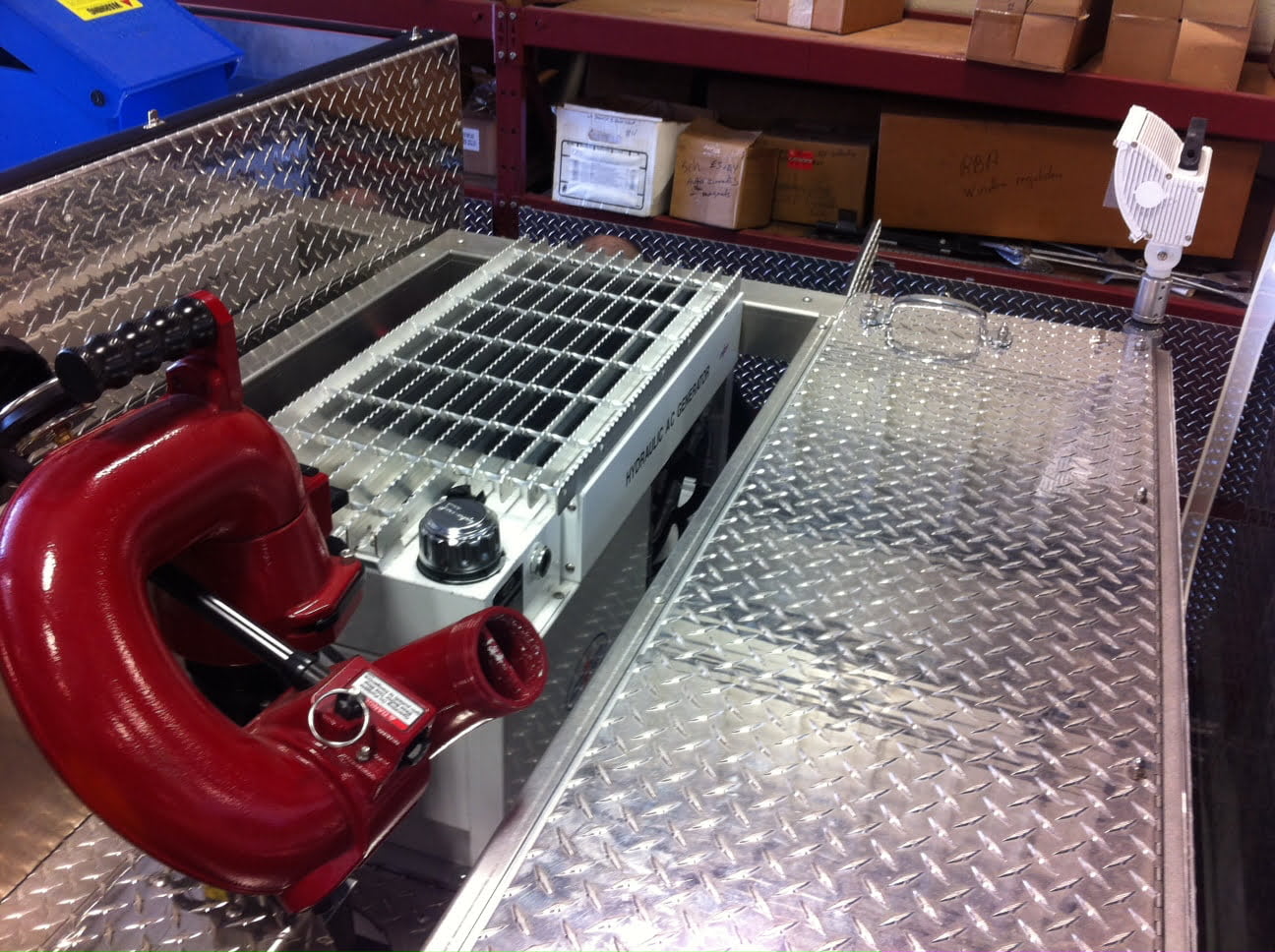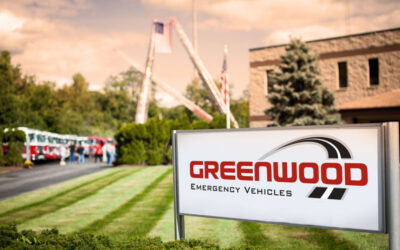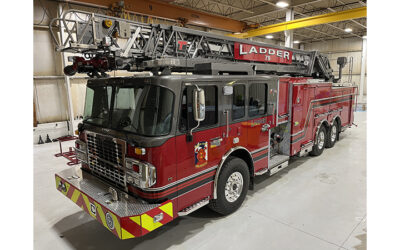By Bill Adams
A 1,500-gpm pumper supplying a single 150-gpm attack line is as cost-efficient as a 15-kW onboard generator only supplying a smoke ejector and a single portable light. Many pumpers and ladder trucks today are equipped with high-capacity onboard hydraulic generators driven by a power-take-off (PTO) from the chassis drive train.
This observation is not directed at apparatus operating as a heavy rescue using numerous electrically operated equipment and tools. Nor is it applicable to job-specific electrical generating and floodlighting apparatus. It’s directed at everyday pumpers and ladder trucks that would normally respond to a structural assignment requiring two or three pumpers, perhaps a ladder truck or two, and a rescue. It questions if each responding apparatus should have a large-capacity onboard generator.
Related Content
- Is a Single Pump Discharge Pressure Feasible?
- Defending Specification Requirements
- Why Is This in Your Specs?
National Fire Protection Association (NFPA) 1901, Standard for Automotive Fire Apparatus, does not require an onboard generator on any of its various apparatus classifications. Nor does it require one under what specific minor equipment “shall be available” before a rig is placed in service.
Generators, along with portable lights, electrical cord, and smoke ejectors are addressed after “The following additional equipment is recommended to be carried.” sentence under certain apparatus classifications in NFPA 1901 Annex A, which also says, “Annex A is not part of the requirements of this NFPA document but is included for informational purposes only.” A reasonable assumption is that the NFPA believes the quantities and types of generator, lights, electric cord, and smoke ejectors listed are well-suited to work together.
Pumpers, Ladders, and Initial Attacks
NFPA 1901 recommends pumpers carry a 3,000-Watt portable generator if the rig is not equipped with an onboard power source, two 500-Watt portable lights, two cord reels or “other means” to carry 400 feet of electric cord, and a minimum 5,000-cubic-foot capacity smoke ejector (with the appropriate connects if the smoke ejector is electrically driven).
Ladder trucks require the same generator, smoke ejector, and electric cord, but three portable lights instead of two. Initial attack apparatus need a 1.5-kW generator, two portable lights, only 100 feet of cord and no smoke ejector.
Quints and Special Service Apparatus
NFPA 1901 states, “The list of equipment required to be carried on a quint contains all the equipment required on a pumper as well as life safety rope.” It says purchasers should “review” the equipment required and recommended to be carried on a ladder truck to see what is “needed to meet the functional objectives for which the quint is being purchased.” That appears to say the fire department gets to pick and choose what goes on it. (It should get to pick and choose equipment to go on every rig.)
If special service apparatus (support vehicles) are operated as heavy rescues, NFPA 1901 says the same generator, lights, cord, and smoke ejector as a pumper “should be considered” to be carried.
What is Necessary?
If a fire department opts to carry exactly what the NFPA recommends, the first alarm assignment mentioned above could result in four to six generators, a like number of smoke ejectors, 10 to 15 portable lights, and 1,600 to 2,400 feet of electric cable on the fireground. Overkill? It might be, especially if high-capacity onboard generators are provided on every rig in lieu of portables. But, it works both ways. Purchasers should take into consideration extraordinarily high electrical requirements of multiple hydraulic rescue tools, saws, drills, light towers, and various high-capacity smoke removal equipment. More than the minimum might be needed on specific apparatus.
Departments should objectively determine what is needed now and in the future for their response district(s). Meeting those requirements makes more sense than meeting a minimum nationwide recommendation. Don’t be overly influenced by what was historically purchased for fireground incidents of years past. A 6- or 10-kW generator may not be necessary for every rig.
Alternatives
Some equipment on the market may negate the necessity of high-capacity generators on every rig. Gasoline and battery-powered “air removal” units are on the market. Also available are combination generator/flood lights that likewise can reduce the necessity of separate power sources. Light emitting diode (LED) scene and flood lighting powered by chassis 12-volt systems has all but negated their need for a separate power source.
“Combination Generator Lights”
Kevin Steeves, owner of the Rochester, New York, based TeleLight Corporation was asked if there’s an alternative to an onboard permanent generator system to fulfill the NFPA 1901 requirement for it or a 3-kW portable generator to power a couple 500-Watt lights and a 5,000-cfm smoke ejector. He said for years TeleLite has marketed a 1-kW portable generator with an integral 500-Watt quartz halogen light. Recently a 2.2-kW unit with an LED light assembly has been added.
He noted the chart on page 2 of TeleLite’s catalog shows a 500-Watt quartz halogen light develops 10,500 lumens and a LED-120V light develops 15,000 lumens. The quartz light requires 4.2 amps at 120 volts, and the LED only requires 1 amp.
Steeves said the EU2200i 2.2-Watt unit generates over 13 amps and because of the 1-amp draw from the LED lamp head there is still the power left over in the generator to power up several portable LED lights. He also noted a parallel cable is available to connect two EU2200i units together generating 4.4 kW—sufficient to power a 5,000-cfm capacity variable speed smoke ejector.
***
Often overlooked in determining the quantities, capacities, types of generators, and the equipment they are to power is the physical space required to mount or carry everything on the apparatus. Space on a fire truck is always at a premium, and it should have a value. A more expensive generating system and accoutrements may be justified in order to free up storage for other equipment. Don’t speculate; prioritize and investigate.
BILL ADAMS is a member of the Fire Apparatus & Emergency Equipment Editorial Advisory Board, a former fire apparatus salesman, and a past chief of the East Rochester (NY) Fire Department. He has 50 years of experience in the volunteer fire service.






